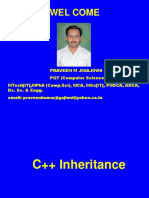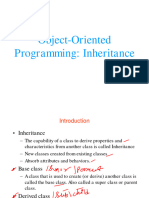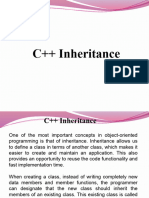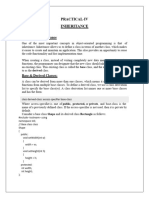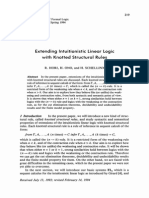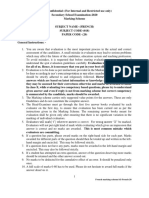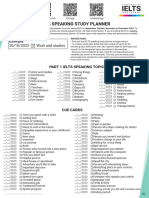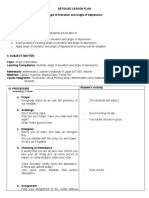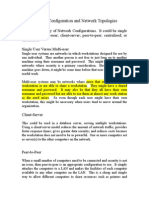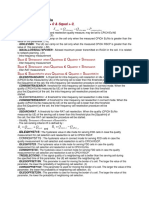0% found this document useful (0 votes)
5 views6 pagesExperiment 9 - Inheritance
The document outlines an experiment for students at PVG's College of Engineering and Technology to write a C++ program demonstrating multiple inheritance using Basic Info and Department Info as base classes for an Employee class. It covers the aim, objectives, theoretical background on inheritance types, access specifiers, and includes a procedure for completing the assignment. Additionally, it provides references and notes on submission guidelines and plagiarism policies.
Uploaded by
abhishekv.karambelkarCopyright
© © All Rights Reserved
We take content rights seriously. If you suspect this is your content, claim it here.
Available Formats
Download as PDF, TXT or read online on Scribd
0% found this document useful (0 votes)
5 views6 pagesExperiment 9 - Inheritance
The document outlines an experiment for students at PVG's College of Engineering and Technology to write a C++ program demonstrating multiple inheritance using Basic Info and Department Info as base classes for an Employee class. It covers the aim, objectives, theoretical background on inheritance types, access specifiers, and includes a procedure for completing the assignment. Additionally, it provides references and notes on submission guidelines and plagiarism policies.
Uploaded by
abhishekv.karambelkarCopyright
© © All Rights Reserved
We take content rights seriously. If you suspect this is your content, claim it here.
Available Formats
Download as PDF, TXT or read online on Scribd
/ 6
